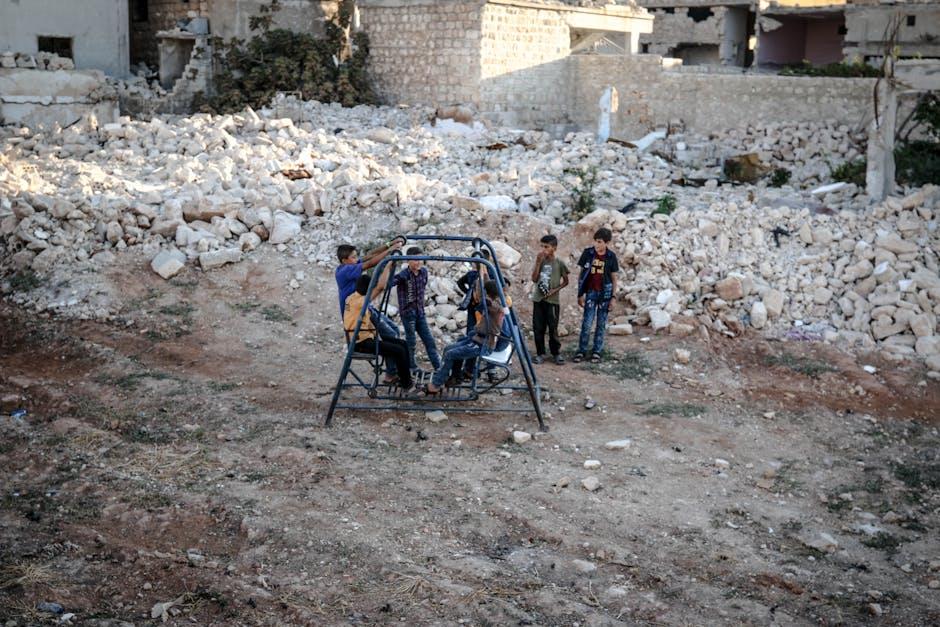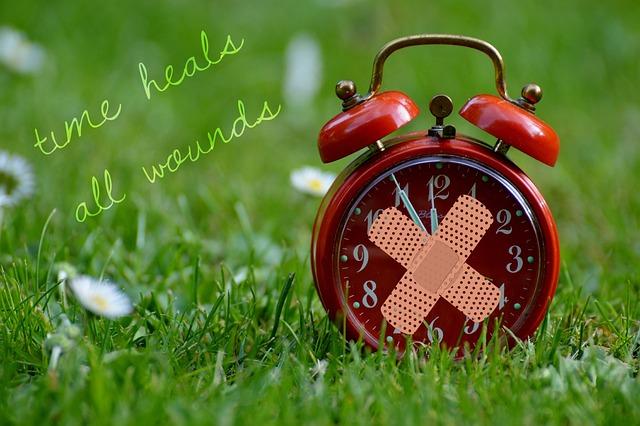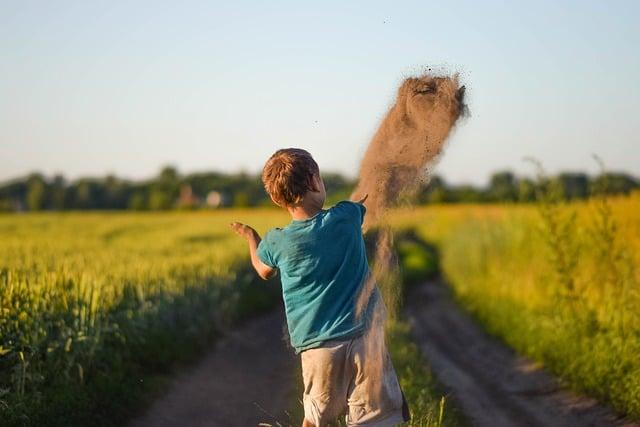In the intricate tapestry of human life, the threads of our past often weave patterns that extend far beyond our immediate view. Childhood, a time typically marked by discovery and innocence, can also harbor shadows that linger well into adulthood. The echoes of early trauma, like faint ripples in a once-still pond, have the potential to shape the contours of our health long after the initial disturbances have faded. As we delve into the complex interplay between childhood trauma and adult health, we uncover a narrative that is both compelling and crucial, revealing how the experiences of our early years can silently influence the trajectory of our well-being. This exploration not only illuminates the profound connections between mind and body but also underscores the resilience of the human spirit in the face of adversity.
Understanding the Psychological Impact of Childhood Trauma
Delving into the depths of childhood experiences reveals how early trauma can intricately shape an individual’s psychological landscape. Childhood trauma often acts as an invisible architect, subtly influencing the mental and emotional frameworks that guide adult behavior. These early experiences can lead to a myriad of psychological outcomes, which may manifest as anxiety, depression, or even post-traumatic stress disorder (PTSD). As the child grows, these emotional imprints can profoundly affect self-esteem, interpersonal relationships, and coping mechanisms.
Key psychological impacts of childhood trauma include:
- Attachment Issues: Difficulty forming healthy relationships due to trust deficits and fear of abandonment.
- Emotional Dysregulation: Challenges in managing emotions, leading to unpredictable mood swings.
- Hypervigilance: A heightened state of alertness that may cause constant feelings of anxiety or fear.
- Identity Confusion: Struggles with self-identity and self-worth, often resulting in a fragmented sense of self.
Understanding these psychological impacts is crucial, not only for those who have experienced trauma but also for those who support them. By fostering awareness and compassion, we can pave the way for healing and resilience.

The Long-term Physical Consequences of Early Adversity
Early adversity can leave a profound imprint on the body, often manifesting as chronic health issues in adulthood. Research suggests that childhood trauma can lead to an increased risk of developing conditions such as heart disease, diabetes, and autoimmune disorders. This is thought to be due to the body’s prolonged exposure to stress hormones during formative years, which can result in long-term alterations to the immune system and metabolic processes.
Key long-term physical consequences of early adversity include:
- Cardiovascular Issues: Elevated stress levels can lead to hypertension and increased heart disease risk.
- Metabolic Disorders: A disrupted stress response can contribute to obesity and type 2 diabetes.
- Immune System Dysfunction: Chronic stress may lead to an overactive or weakened immune response.
Understanding these connections highlights the importance of early intervention and supportive environments to mitigate the long-lasting impacts of childhood trauma.

Strategies for Healing and Recovery in Adulthood
Healing and recovery in adulthood require a multifaceted approach, as the shadows of childhood trauma can often linger, influencing both mental and physical health. Embracing a journey towards wellness involves acknowledging past experiences while actively seeking transformative strategies. Therapeutic engagement is a cornerstone, where talking therapies such as cognitive-behavioral therapy (CBT) and eye movement desensitization and reprocessing (EMDR) can help untangle deep-seated emotional knots. Additionally, incorporating mindfulness and meditation practices can offer adults a path to reclaim the present, fostering a sense of calm and self-awareness that counters the chaos of past trauma.
Another crucial element is the cultivation of a supportive environment. Building a network of trusted individuals can create a safety net that encourages openness and vulnerability. Consider these elements to aid in recovery:
- Journaling – A reflective practice that helps process emotions and track progress.
- Physical activity - Engaging in regular exercise can boost mood and resilience.
- Nutritional support – A balanced diet can play a significant role in stabilizing mood and energy levels.
Ultimately, the path to healing is deeply personal, yet these strategies can serve as a guide, helping individuals to navigate the complex interplay between past trauma and present health.

Promoting Resilience and Well-being Through Preventive Measures
Understanding the profound effects of childhood trauma on adult health underscores the importance of implementing preventive measures to foster resilience and well-being. By addressing potential triggers and creating supportive environments, we can help mitigate long-term impacts. Key strategies include:
- Education and Awareness: Educating communities about the signs and consequences of childhood trauma can empower individuals to seek help early.
- Access to Support Services: Ensuring access to mental health services and support groups can provide essential coping mechanisms for affected individuals.
- Creating Safe Spaces: Developing safe and nurturing environments at home and in schools can significantly reduce stressors that exacerbate trauma.
By integrating these measures into public health strategies, we can lay a foundation for healthier futures. Emphasizing preventive care not only enhances individual resilience but also fosters a community-wide commitment to well-being, breaking the cycle of trauma for generations to come.
To Conclude
As we close the chapter on this exploration of the intricate tapestry woven between childhood trauma and adult health, we find ourselves standing at a crossroads of understanding and empathy. The echoes of early experiences, once shrouded in silence, now resonate with clarity, urging us to listen, learn, and act. The interplay of mind and body, past and present, unveils a narrative not just of individual struggles but of collective healing.
In acknowledging the profound impact of childhood trauma, we embark on a journey towards a future where awareness fuels compassion and knowledge inspires change. This journey invites us to create spaces where stories can be shared without fear, where healing is nurtured through community, and where the shadows of the past are illuminated by the promise of a healthier tomorrow.
As we move forward, let us carry with us the wisdom gleaned from this exploration, using it to forge paths that honor resilience and foster well-being. The link between childhood trauma and adult health is not just a story of challenges but also one of hope—a testament to the human spirit’s capacity to heal and thrive.


































